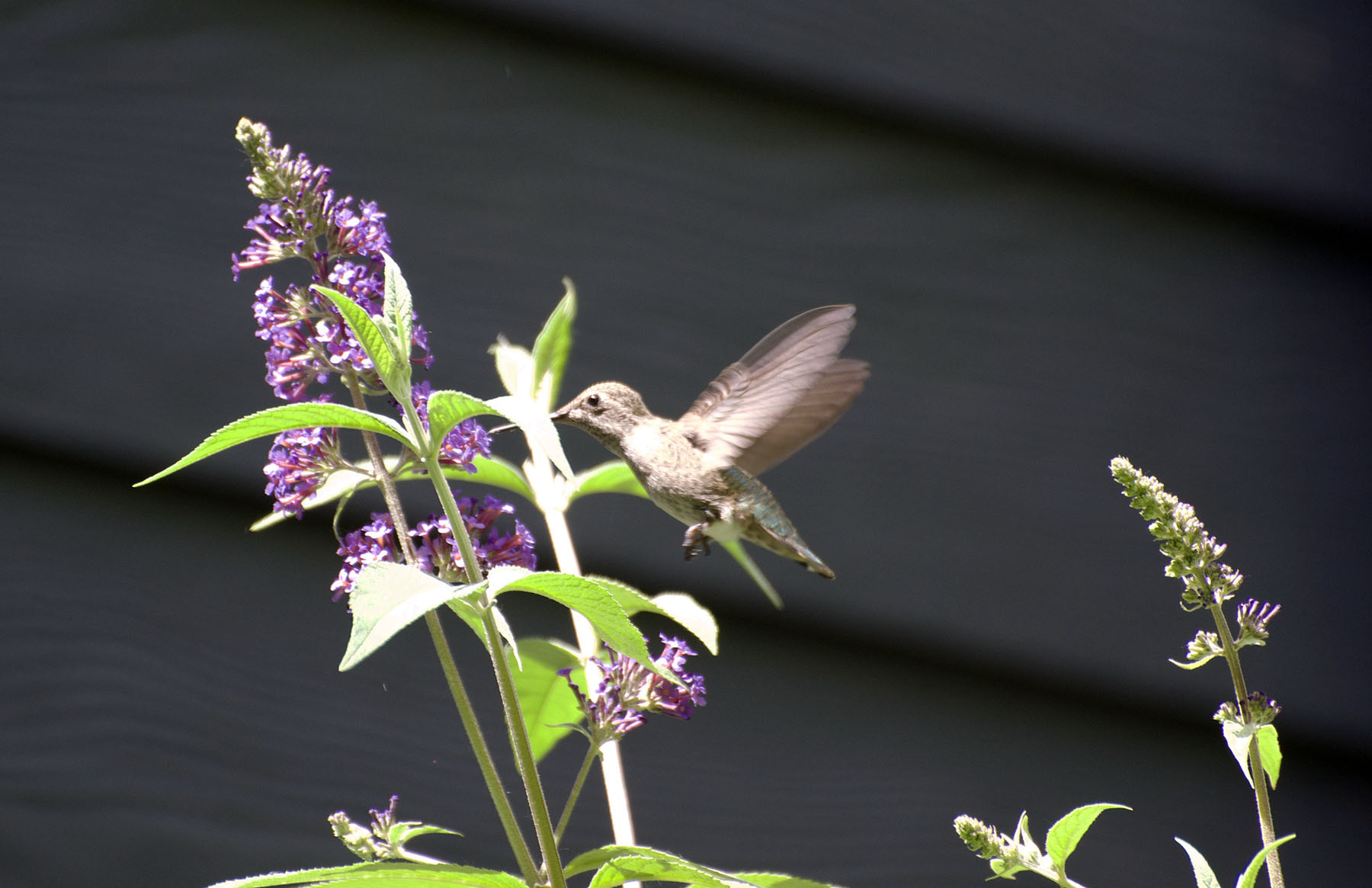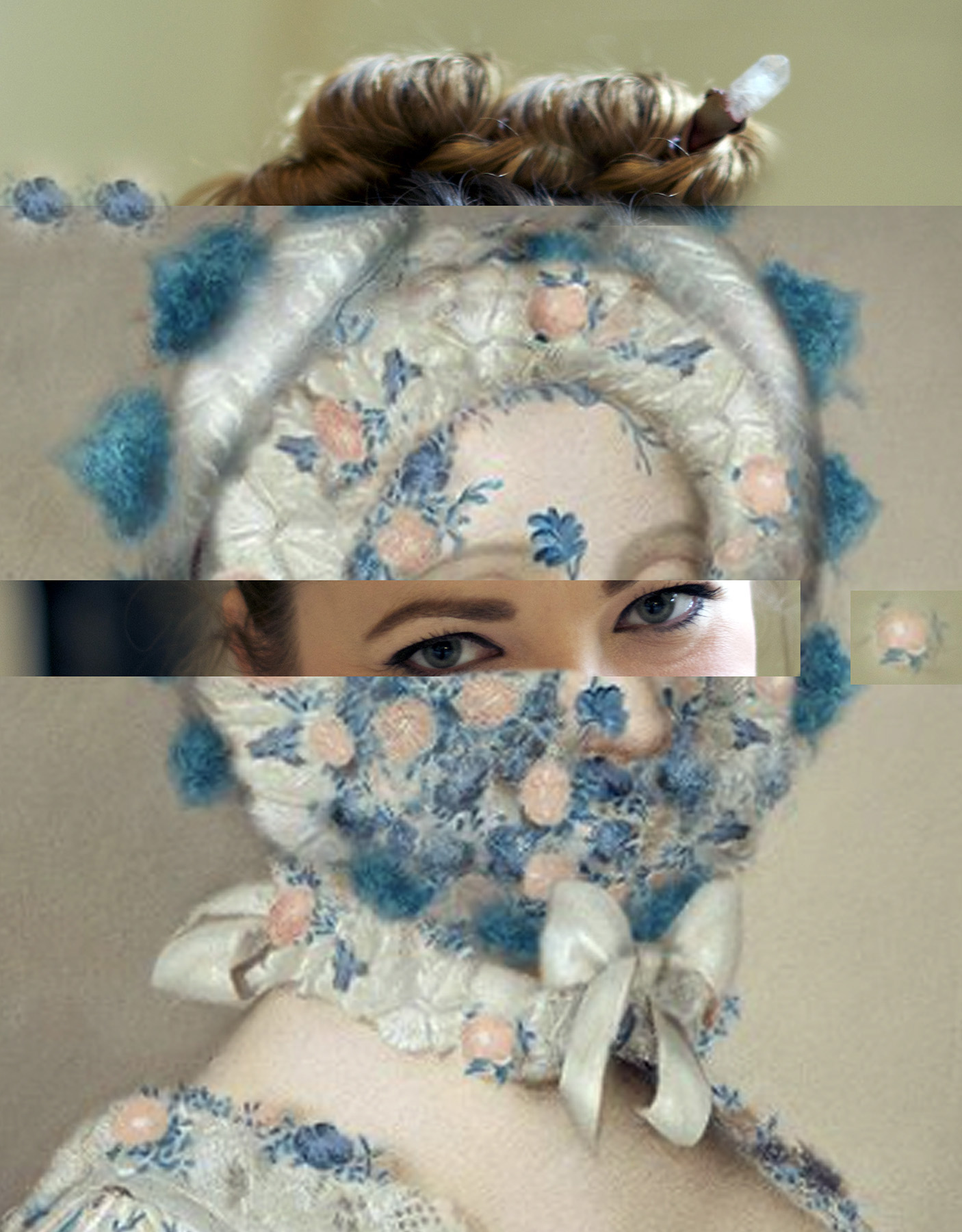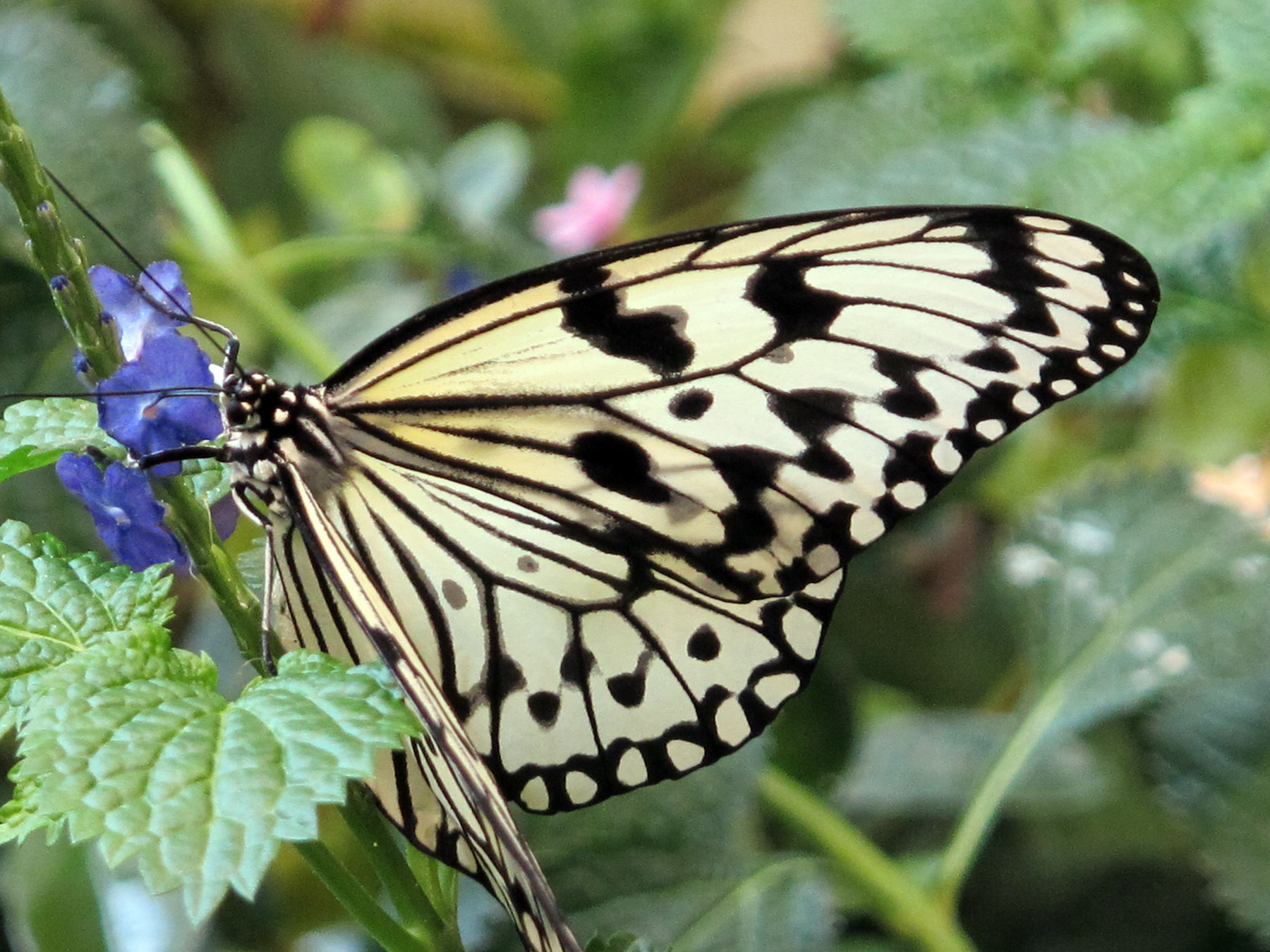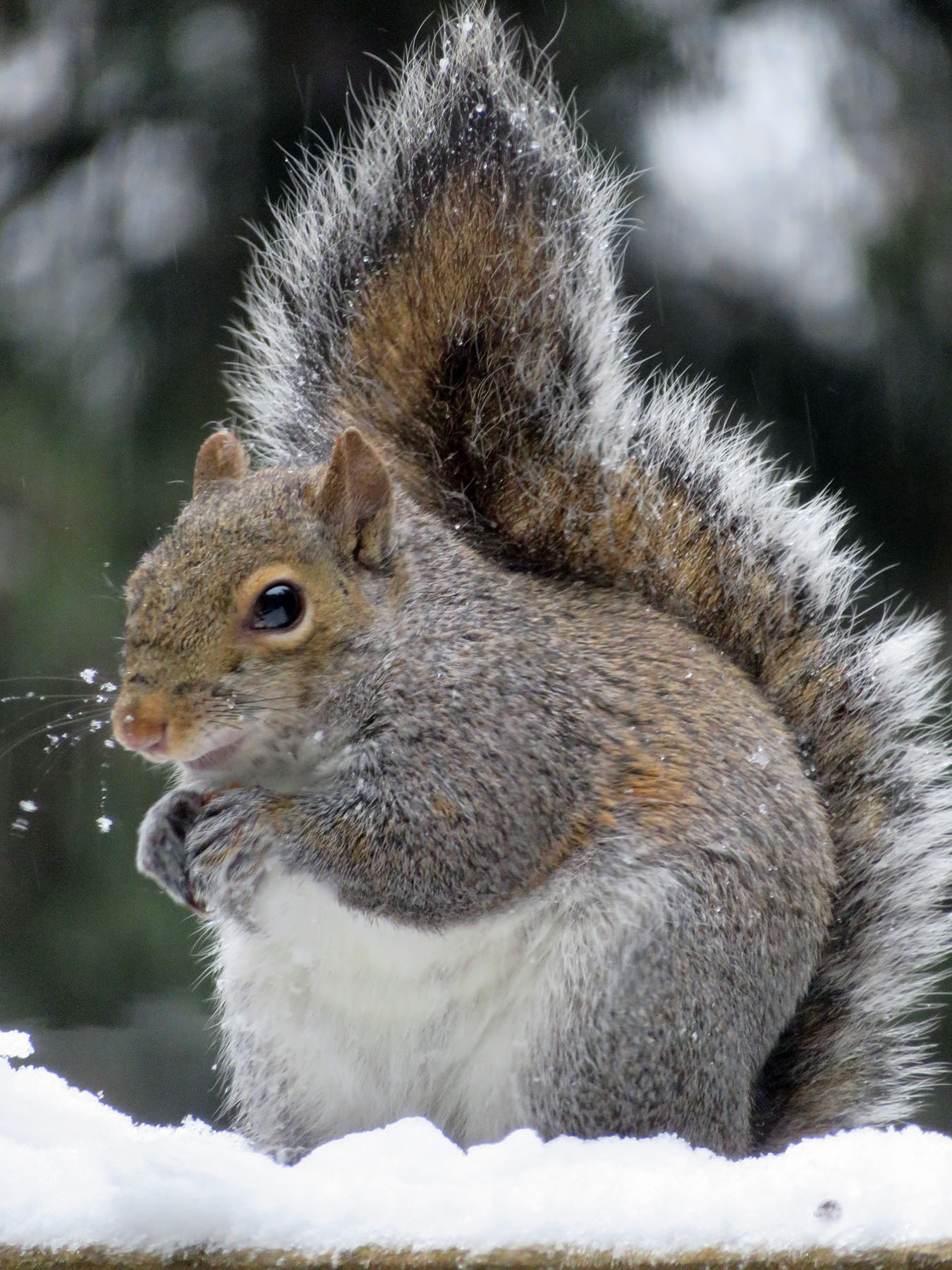Todays’ blog is brought to you by my garden’s hummingbirds. Now that the Buddleia is in bloom they are regular visitors. It takes some patience to stand under the bush (while cursing under my breath because my camera’s focus function has decided to be uncooperative, another spendy repair in the offing) and wait for the birds to appear. Of course they do not defy the laws of gravity, but it looks as if they do when they arrive and seemingly hang still in the air, sucking nectar.



Thoughts of physics reminded me of a photographer, Berenice Abbott (1889 – 1991) who excelled at photographing principles of physics. Her interest in documenting scientific principles and teaching the role of science in photography came late in her life, after she had already a stellar career excelling in all kinds of subject areas within the domaine of photography. Early in life she gained renown by her portrait photography of European artists and intellectuals of the Paris of the 1920s. In the 1930s she turned to documentary photography of the city of New York (funded by the FAP) and rural America in the aftermath of the Depression. Eventually she focussed on science, becoming the photography editor for Science Illustrated and producing scientific images for the textbook American High School Biology. The Physical Science Study Committee of Educational Services published a new physics book in the 1950s with all of the images almost exclusively by Abbott.




My kind of woman, always willing to take a risk to pursue her passion, never narrowly focussed on one single domain, and open to acknowledging the giants who paved the way (she had an absolute crush on the work of Eugene Atget, one of the pioneers of documentary photography.) In fact, she managed to rescue his collection of plates after his death and promoted his work throughout her lifetime.
I first saw her work at the MIT museum. One of the reviews of a solo exhibition claimed:
“Berenice Abbott’s science photographs invite us to contemplate the wonder of creation. As photographs utilizing the latest technology to illustrate scientific principles they are quintessentially modern, but the principles they illustrate came into being simultaneously with the Big Bang, so the images are also timeless, taking us both backward and forward throughout eternity. By making manifest the invisible forces that act upon the material world, they do for physics what the mandala does for Hindu theogony, or Kabbalistic diagrams of the sefirot try to do for the Ineffable.”
Hmm. Do we have to reach into the religious accomplishment-drawers to establish the value of photographic images? I’m certain she would have scoffed at that kind of comparison, seeing the wonder of creation too often subdued or undermined by a different kind of invisible hand – the economic and political forces that ruthlessly ignored the distress of the poor. As the photo-historian Terri Weisman explains, Abbott was interested in “how the things in the world reveal the world.” Abbot was labeled a communist by the McCarthy administration. Her life-long distrust of politics and economic institutions led to a catastrophe in late life: she had put her considerable life’s earnings converted to gold coins in a home safe and boxes stored in her house, all lost during a burglary in 1984. A great biography of Abbot can be found here.



The chain of associations while sitting under my butterfly bush eventually hit on the talents of a younger generation explicitly inspired by Abbott’s work and interests. Here are some ingenious images of the base quantities of physics generated by Greg White. As defined by the International System of Quantities (ISQ), these are time (second, s); mass (kilogram, kg); length (metre, m); temperature (kelvin, K); amount of substance (mole, mol); electric current (ampere, A); and luminous intensity (candela, cd). White captured all with props, ingeniously arranged and camera, no other manipulations. (Photos from his website, linked above.)







I’ll stick to capturing my little birds, wondrous in their own ways, and reading about all these interesting minds coming up with ways to depict the rest of the world. Not least because I always struggled with physics.

Hummingbird Music by Leonard Cohen, from the album Thanks for the Dance.




















































































